
On this month's Special Page:
Lucas Paris goes behind the scenes about his Top Ten micro-budget horror film picks that launched now-famous directors

Lucas Paris is an Italian award-winning screenwriter, filmmaker and movie columnist who has had his films shown at major festivals. Passionate about cinema, he analyzed horror films for his thesis in architecture to start a training and professional path that suited his needs. Later he wrote the screenplay for his first feature film Denkraum and started shooting independently with the help of friends and volunteers.
He won the competition from the Lazio TornoSubito region which allowed him to study for one year at the New York Film Academy. He made several short films in New York which were selected in festivals. Upon returning to Italy, he completed a three-month internship with BluecinemaTV in the field of directing thanks to MovieLogic which believed in him. As a result, Denkraum won several awards, including best sci-fi film, best new director, best sound design and best VFX at the Creation international Film Festival. Denkraum is now in the distribution phase.
Today, Lucas Paris holds various roles from pre-production to post-production of audiovisual products. He is working on the production of two new feature films and a TV series. In the last two years, he has worked as a content writer and columnist for major publications.

Ten micro-budget horror movies that launched the career of now-famous directors
Some of the most prominent directors in film history have started making horror films with very low budgets. Too easy to make a film with a big budget, the real challenge is to be able to make it without having the adequate funding.
Here are my Top Ten picks:
.jpg)
10: Steven Spielberg, Duel, 1971. Budget: $450,000
Steven Spielberg made his first short film Amblin when he was still a minor, obtaining a loan of $15,000 by Denis C. Hoffman. The film was really appreciated and won the Atlanta Film Festival and as a result, he got a seven-year contract with Universal Pictures with which he shot several episodes of TV series.
Duel was initially produced as a television film but then it was released in many movie theatres in the world. It was shot by the young Steven Spielberg in just 13 days. The script is taken from a story by Richard Matheson with the same title.
There were few dialogues and Spielberg had to fill a movie 75 minutes long so he knew to exploit the visuals and the sounds to create the right suspense.
The film was an unexpected success both for the criticism and for the public. Although Duel only made around $27 million globally, it did make a profit and has since become a fan cult classic and launched Spielberg's career.
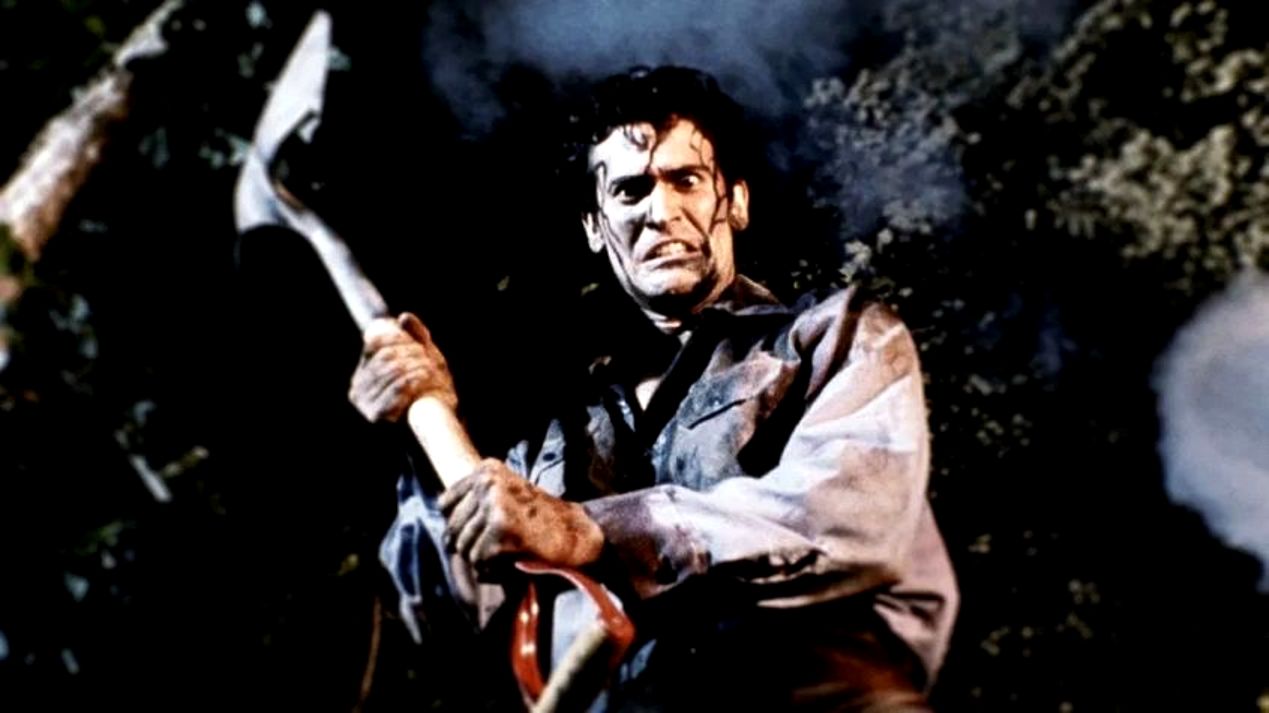
9: The Evil Dead, Sam Raimi, 1981. Budget $350,000–400,000
The Evil Dead is the most iconic film among the low-budget ones. Fangoria the first magazine to obtain an interview with the director Sam Raimi. Raimi tells how initially he made the short film Within the Woods with his friends to attract the interest of potential investors. He was initally rewarded with a secured $90,000 to start working on his next work, a feature film that became The Evil Dead.
"Within the Woods was our main tool for financing," Raimi told Fangoria. "Part of it was for the investors to believe in our new picture, and to perceive it as scary. The other part was for them to believe us; that we were hard working young people trying to get started; that we wouldn't be taking salaries and intended to bring it in as cheaply as possible, to safeguard that investment. So it was a combination of all those things."
Stephen King considered The Evil Dead the best film of 1982. The film cashed $2.7 million in US and another $29.4 million worldwide, launching Raimi's career.
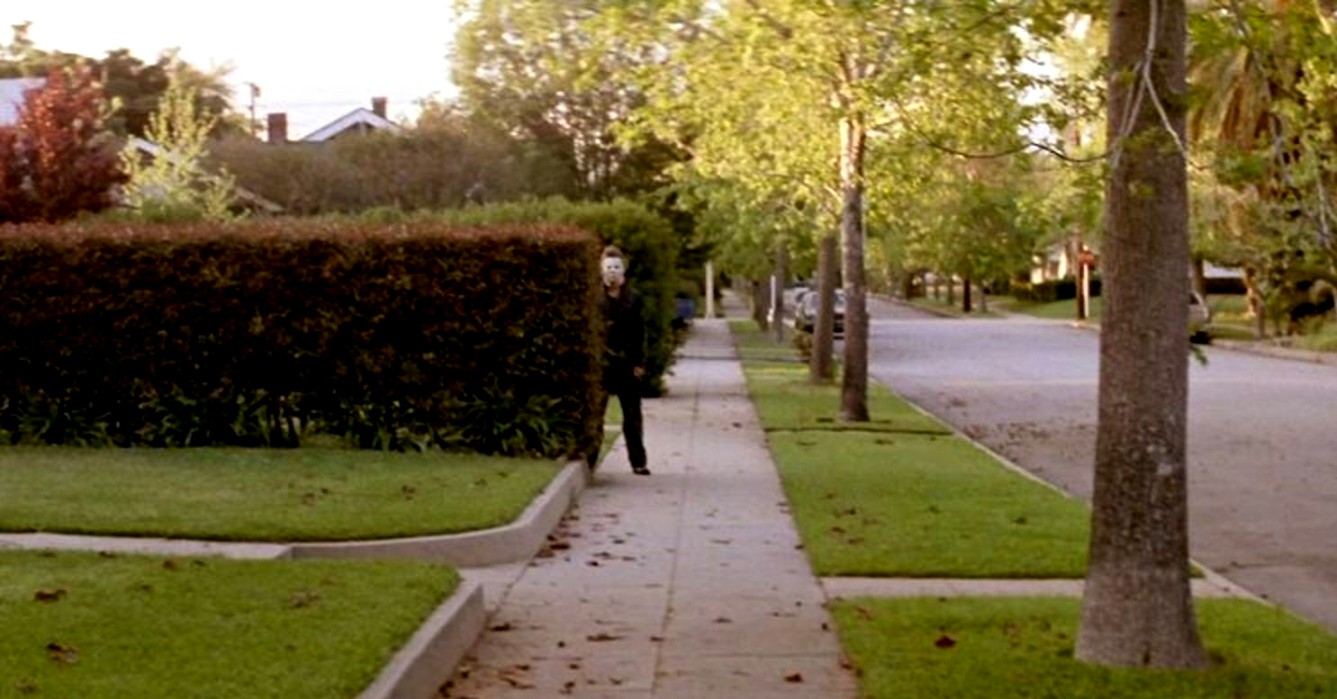
8: Halloween, John Carpenter, 1978. Budget $300,000–325,000
Independent film producer Irwin Yablans and financier Moustapha Akkad saw 1976's Assault on Precinct 13 at the Milan Film Festival and that made them decide to give the direction of the slasher movie Halloween to John Carpenter.
In an interview, Yablans stated: "I was thinking what would make sense in the horror genre, and what I wanted to do was make a picture that had the same impact as The Exorcist."
Carpenter wrote the script with Debra Hill in ten days. The plot centers on a mental patient Michael Myers who was hospitalized in a sanatorium for killing his teenage sister sitter on Halloween night when he was six. The budget of the film, $300,000, was very low but Carpenter had shot his previous films on even lower budgets so he was aware of the difficulties he would encounter.
Jamie Lee Curtis was unknown prior to this film. In fact, the only known actor in the cast was Donald Pleasence.
Props and costumes were often made with items that were close at hand or could be bought inexpensively. A now-famous example is how the film used a William Shatner mask as Michael's disguise. Cast members often helped move equipment, cameras, and set-ups. Carpenter spent most of his budget on renting a Panavision Panaflex camera suitable for smooth steadycam shooting.
Halloween was shot in twenty days. It was the original slasher movie.
Not many critics initially understood the value of the film but over the years it became a favorite of horror fans is now considered the best film made in 1978. Carpenter became one of the best directors of the genre, capable of inventing original and innovative filmmaking techniques and shots.
The film went on to gross $47 million initally at the US box office, and many millions more from TV showings, making Halloween one of the most successful independent films of all time.
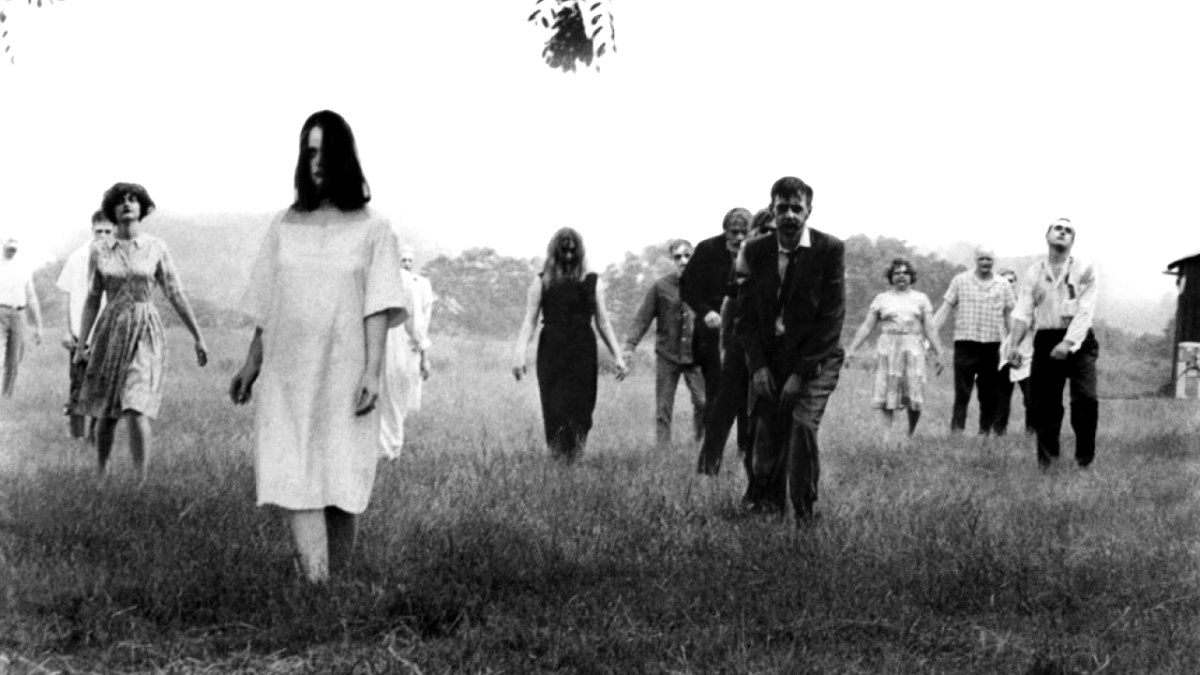
7: The Night of the Living Dead, George Romero, 1968. Budget: $114,000
George Romero had a production company with which he shot commercials. He used the guerrilla filmmaking shooting techniques he had learned in his job to shoot The Night of the Living Dead on a very low budget.
The final script primarily drew influence from Richard Matheson's 1954 novel I Am Legend.
Teaming up with John Russo, Romero shot on location in Evans City, Pennsylvania. The cast and crew consisted of friends, amateur actors, and even residents from Evans City.
After the first release, there were negative reviews but soon critics and leading newspapers in the United States began to understand its importance. It is the best zombie movie in history and the horror genre was no longer considered just pure entertainment thanks to Romero and his social allegory. It eventually made $30 million at the USA Box Office and countless millions in TV movie revenue.
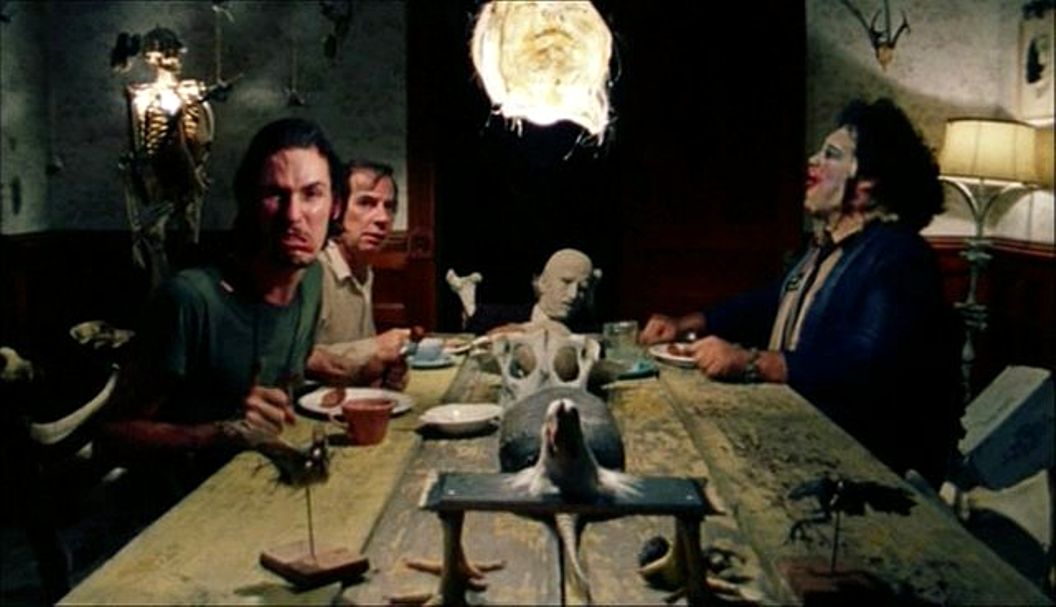
6: Texas Chainsaw Massacre, Tobe Hooper, 1974. Budget: $90,000–140,000
Tobe Hooper was a college professor and documentary cameraman. He wrote the Texas Chainsaw Massacre story involving the elements of darkness, isolation and woods, and added hints from the crime news and murders of serial killer Ed Gein.
Hooper was interviewed about the production of the film: "I had no money to speak of at the start. All I had was seed money for Bob Burns and me to start working in the design of the picture and the props so Icould show something to potential investors. I had been in business as a documentary and commercial filmmaker, so I had some equipment. I started just piecemealing the thing together; after Bob Burns had built the bone furniture, and after Kim and I finished the screenplay, I had something to show. Then the money came together very rapidly-within about six weeks. But it was "do it or bust." I had to do it. I was ready to do it for $10,000 if necessary. But we started with $60,000 cash, which later went up to $93,000."
Bill Parsley, a friend of Tobe Hooper, invested $60,000 in the production. In return, his company would owned 50% of the film and its profits. They also convinced the cast and crew that they would earn a percentage of the profits. The actors were mostly students and colleagues from his college.
The Texas Chain Saw Massacre was shot with an Eclair NPR 16mm camera which required a lot of light. They were forced to shoot seven days a week, non-stop, to finish shooting as quickly as possible and lower the cost of renting equipment.
Conditions were uncomfortable for cast and crew because the environment was humid. Most of the film was shot in a farmhouse which wasn’t air conditioned. The walls were covered by the crew with latex material that simulated human skin. The special effects were simple. Some shots were dangerous for the cast members and each had some kind of injury.
Hooper claimed: “Everyone hated me by the end of the production. It took years for them to kind of cool off."
Despite all these problems, The Texas Chainsaw Massacre was a resounding box office success, making $30 million initally at the USA Box Offiice, and it became an influential horror film. A franchise was created out of it.
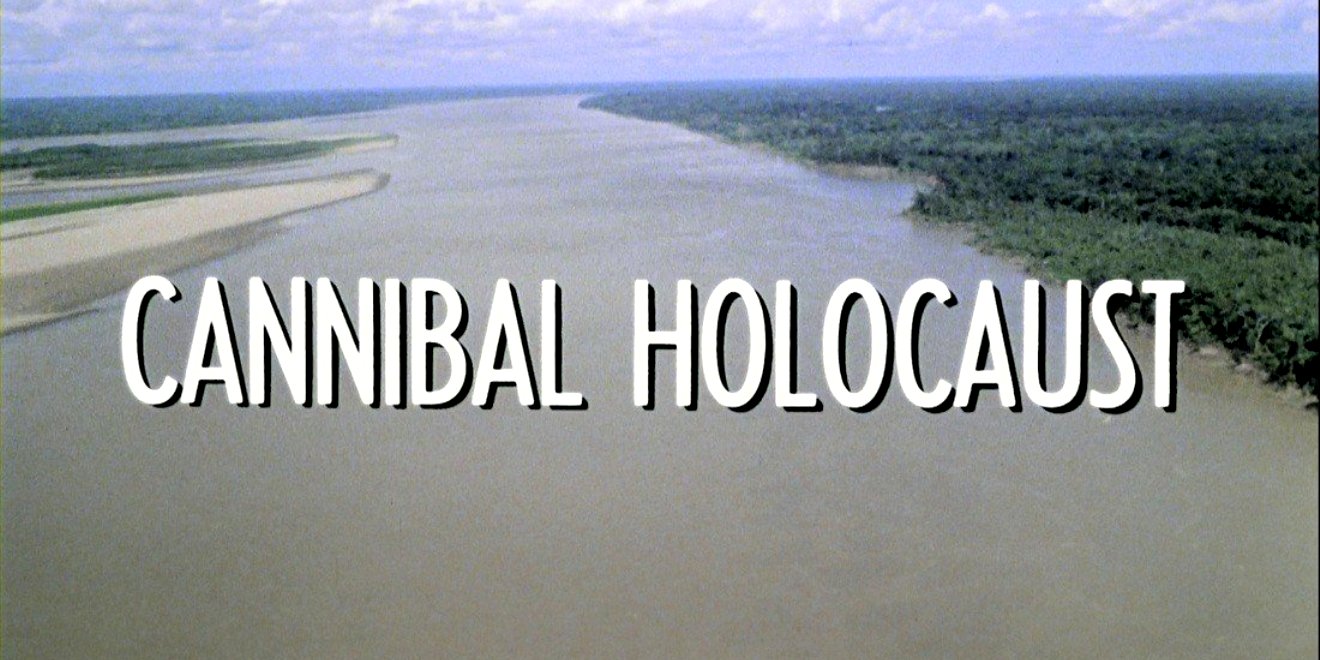
5: Cannibal Holocaust, Ruggero Deodato, 1980. Budget: $100,000
Cannibal Holocaust can be considered the progenitor of the found footage that influenced later films such as The Blair Witch Project.
Deodato wanted to represent the Italian media in their search for sensationalist violence, without regard for journalistic integrity. He focused on the events connected to the Red Brigades, which a far-left armed organization and guerrilla group based in Italy responsible for numerous violent incidents. He was influenced by documentary filmmaker Gualtiero Jacopetti.
The film was banned in several countries, including in Italy, especially for the violence against animals. For the promotional campaign, Deodato pushed the actors to pretend that they really disappeared as did the creators of The Blair Witch Project several years later. He was also prosecuted for this reason because initially the authorities thought it was a snuff movie and the deaths were real.
But it got critical acclaim and great success in some countries, especially Japan. Deodato said the film earned $300 million worldwide.
Still, this is not a film for everyone and The Horror Zine does not recommend it. But it did launch Deodato's career and name recognition.

4: The Last House on the Left, Wes Craven, 1972. Budget: $87,000
Wes Craven was a teacher like Tobe Hooper when he decided to leave his career and pursue his passion for cinema by working in a production company. Here he learned the essential techniques and he met producer Sean S. Cunningham who financed The Last House on the Left. The film was inspired by Ingmar Bergman's The Virgin Spring and was iintended to shock audiences.
The majority of the cast of The Last House on the Left were inexperienced or first-time actors, with the exception of Richard Towers, Eleanor Shaw, and Sandra Peabody who acted mainly in soap opera.
The film was shot for seven days in New York City, Long Island, and in some rural locations in Connecticut. The crew spent a lot of time in producer Cunningham's home.
Craven used a documentary style with close-up shots and one-shot takes. The crew quickly shot in a guerrilla filmmaking style and then was forced to leave due to lack of permits. The special effects were handcrafted based on Lincoln's suggestions. For example, the sequence where Phyllis is gutted, Lincoln helped create fake intestines with condoms filled with fake blood and sand.
The film had a strong impact, especially for the realistic violence, and initally grossed over $45 million in the USA. But critics were not entirely convinced of its value. Over the years the film became a cult favorite. Wes Craven went on to make major horror films such as The Nightmare on Elm Street and Scream.
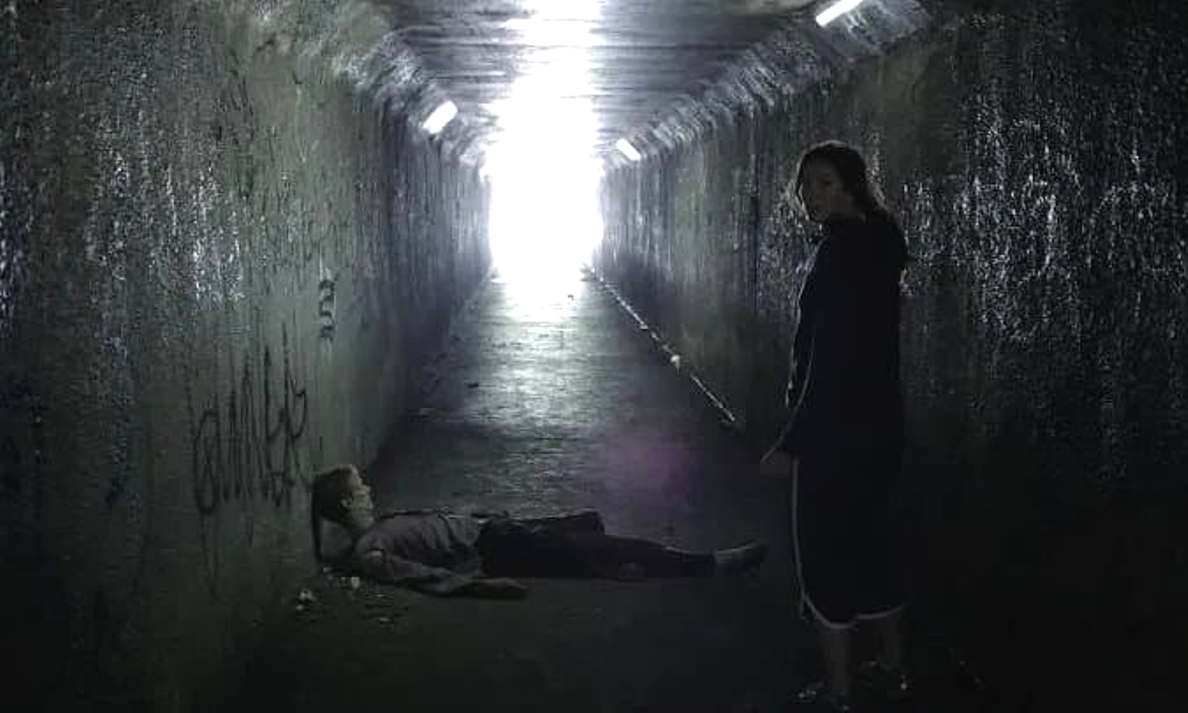
3: Absentia, Mike Flanagan, 2011. Budget: $70,000
After some projects that had already attracted critical interest such as the short film Oculus: Chapter 3 -- The Man with the Plan, Mike Flanagan decided to produce Absentia using the crowdfunding website Kickstarter.
The actors were non-professional friends of Flanagan, with the exception of Doug Jones. Flanagan wrote the script in a short time to take advantage of the locations he had at his disposal, mainly his apartment and a nearby tunnel.
Absentia became popular when it was acquired by Netflix. Flannigan's original style immediately emerged in the film, and in a few years he became one of the most important horror directors of today, directing great movies like Oculus and the famous TV series Midnight Mass.
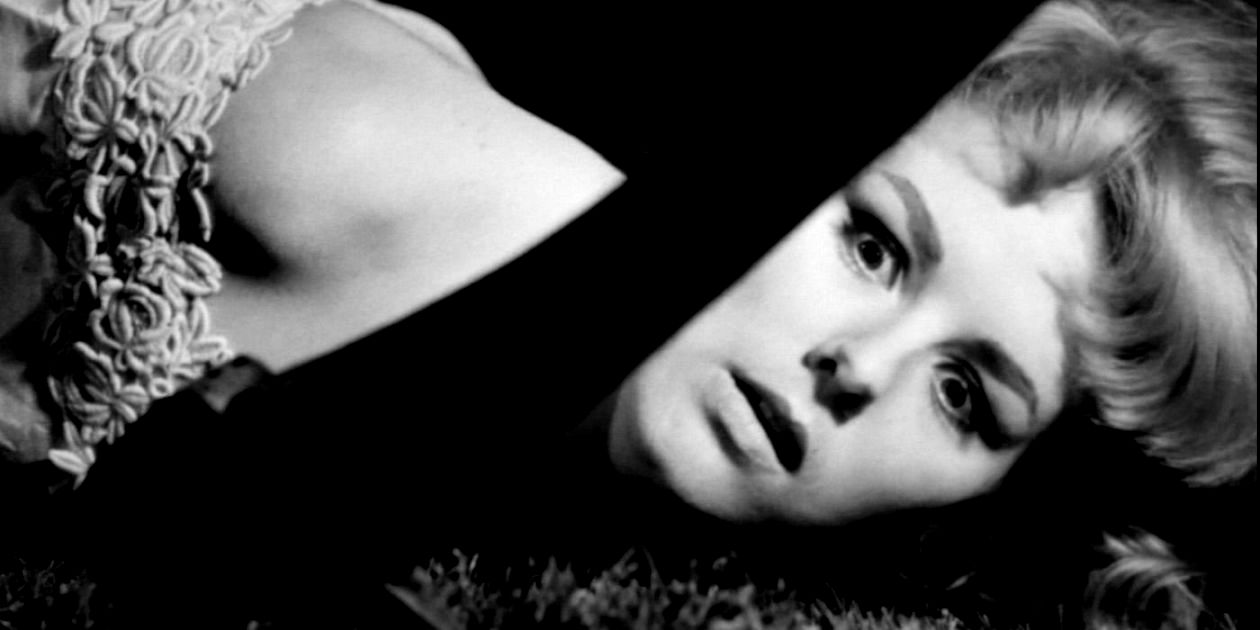
2: Dementia 13, Francis Ford Coppola, 1963. Budget: $42,000
In the 1960s, the most important independent low-budget horror director and producer in the United States was Roger Corman. In his company there were many young filmmakers, actors and producers who subsequently became successful in Hollywood, many of them claimed to have learned the techniques of filmmaking from him.
Before shooting Dementia13, Francis Ford Coppola had collaborated with Roger Corman on a film as a sound-man. At the end of the shooting he was asked to make a feature film in Ireland with the remaining budget. The concept was inspired by Hitchcock's Psycho in the same sort of gothic atmosphere with brutal murders. Coppola agreed and managed to write the story in one night. Corman immediately liked it.
Coppola found another financier in Europe who added $20,000 to the budget, and the script was completed very quickly.
Most of the American actors in the film were friends of Coppola from UCLA, and the Irish cast members were from the Abbey Theatre and were paid strictly minimum wage salaries.
During the filming, Coppola tried to satisfy all Corman's requests by inserting scenes of brutal violence but there were problems between the two after the shooting of the film as several cuts and an additional prologue were requested by Corman.
The film attracted the interest of critics despite its flaws, because the visual talent of one of the most important directors in the history of cinema, author of masterpieces such as Apocalypse Now and The Godfather, was already evident.
Dementia 13 grossed $20 million world-wide, which was a large amount for 1963.

1: Bad Taste, Peter Jackson 1987. Budget: $30,000
Peter Jackson dropped out of school at 16 and started working full-time as a photo-engraver for a Wellington newspaper, The Evening Post out of New Zealand. With his earnings, he managed to buy a 16 mm camera with which he began to shoot short films.
Bad Taste is a splatter comedy about aliens coming to earth to turn human beings into food. It was intitially a short film called Roast of the Day. It was shot on weekends over four years. Many of the effects were made with makeshift means. Peter Jackson himself made the masks of the aliens. Weapons were made using recycled aluminum and wood. Tom Savini influnced Jackson so he made many absurd gory special effects. The initial cost was just around $25,000 but The New Zealand Film Commission helped Peter Jackson to complete the feature film with other fundings.
The film was released in many countries after entering the market in the 1987 Cannes Film Festival and over the years it became a cult movie.
Peter Jackson toned down his iconoclastic spirit but kept his attention to every phase and detail of the film, even when he shot in first film of The Lord of the Rings franchise fourteen years later.
Bad Taste was considered a Box Office flop at the time, but has since gained cult status.